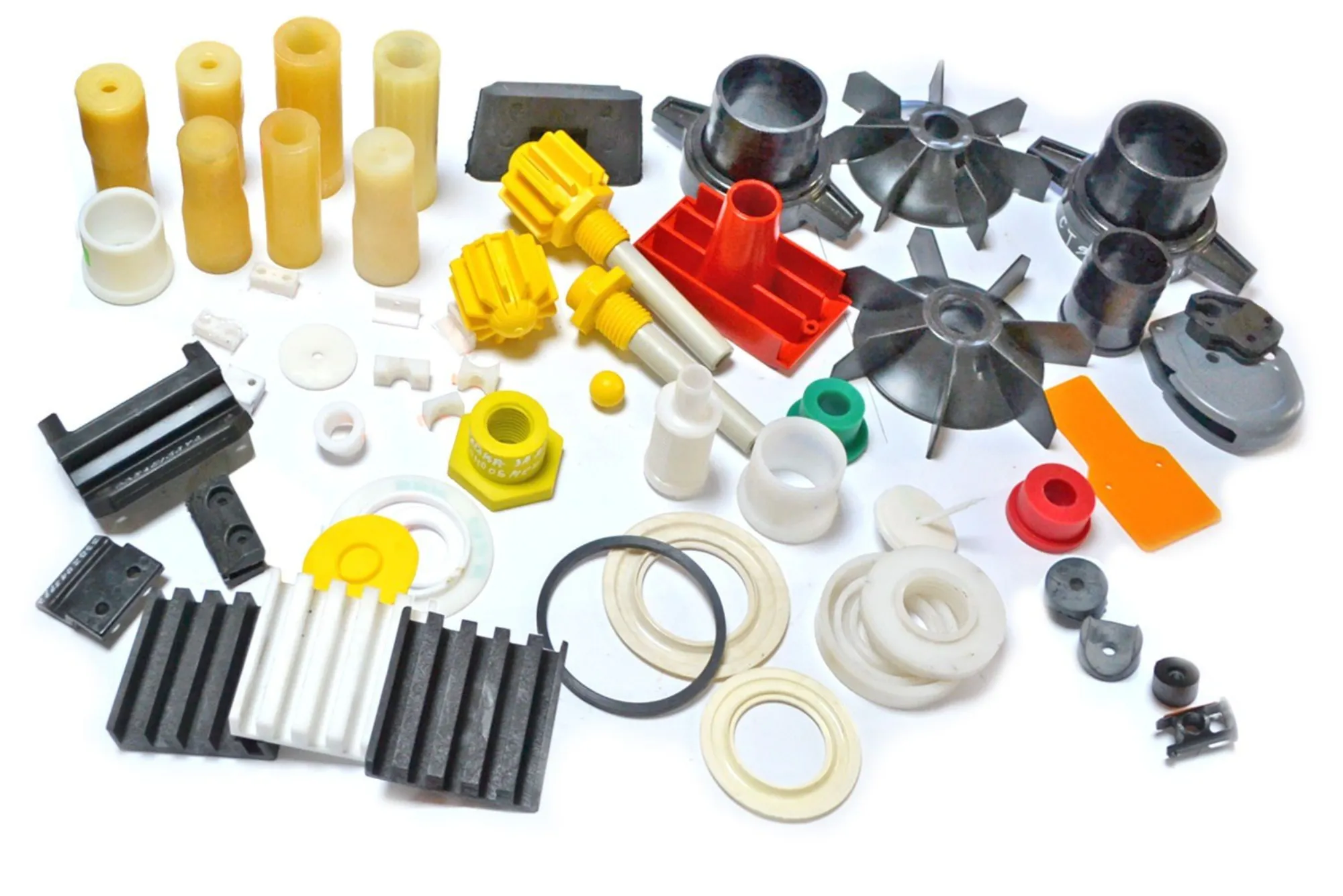Chicken breast is a staple in many diets due to its high protein content and low fat. But beyond its protein benefits, chicken breast contains an amino acid called glycine, which plays a critical role in supporting overall health.
This article delves into how much glycine is found in chicken breast, its benefits, and why it matters to your diet.
What Is Glycine and Why Is It Important?
Glycine is a non-essential amino acid, meaning the body can produce it naturally. However, dietary sources like chicken breast can enhance glycine intake. Glycine is vital for:
- Collagen production
- Supporting the nervous system
- Improving sleep quality
- Enhancing gut health
Adding glycine-rich foods to your diet can positively impact your overall well-being.
How Much Glycine Is in Chicken Breast?

The glycine content in chicken breast varies slightly based on cooking methods and portion sizes. Here’s an estimated breakdown:
| Chicken Breast (Cooked) | Glycine Content (per 100g) |
|---|---|
| Grilled | 1.5g |
| Boiled | 1.4g |
| Roasted | 1.6g |
| Fried | 1.3g |
Chicken breast offers approximately 1.3–1.6 grams of glycine per 100 grams, making it a moderate source compared to other animal proteins.
Why Is Glycine in Chicken Breast Beneficial?
Chicken breast’s glycine content provides the following health benefits:
1. Boosts Collagen Formation
Glycine is a primary building block of collagen, which supports skin elasticity, joint health, and wound healing. Including chicken breast in your diet aids in maintaining youthful skin and flexible joints.
2. Enhances Muscle Recovery
As part of protein synthesis, glycine helps repair tissues and muscles after workouts. Chicken breast is a go-to food for athletes seeking better recovery.
3. Improves Sleep Quality
Studies suggest glycine improves sleep by lowering body temperature and calming the nervous system. A glycine-rich dinner featuring chicken breast may promote restful nights.
4. Supports Gut Health
Glycine strengthens the gut lining and reduces inflammation, benefiting individuals with digestive issues.
Comparison of Glycine in Chicken Breast with Other Food
To better understand chicken breast’s glycine content, here’s how it compares to other sources:
| Food Item | Glycine (per 100g) |
|---|---|
| Chicken Breast | 1.5g |
| Beef | 2.5g |
| Pork | 2.3g |
| Salmon | 1.1g |
| Eggs | 0.4g |
Although chicken breast isn’t the highest source of glycine, it remains a popular option due to its leanness and versatility in recipes.
How to Maximize Glycine from Chicken Breast?

Pair with Bone Broth
Bone broth is another excellent source of glycine. Combining it with chicken breast in soups or stews enhances your glycine intake.
Opt for Proper Cooking Methods
Grilling or roasting chicken breast preserves its nutrient content, including glycine, better than frying.
Include Glycine-Rich Sides
Serve chicken breast with spinach, kale, or gelatin-rich dishes to boost your total glycine intake.
Reviews from Nutrition Experts
Dr. Sarah Kim, Nutritionist
“Chicken breast is a versatile protein source with moderate glycine content. It’s perfect for those looking to maintain a healthy balance of amino acids without excess fat.”
John Peters, Fitness Trainer
“As part of a balanced diet, chicken breast provides the glycine needed for muscle recovery and overall wellness. Pair it with a variety of glycine-rich foods for optimal results.”
People Also Ask
1. What does glycine do in the body?
Glycine aids in collagen production, supports the nervous system, improves sleep quality, and enhances digestion.
2. Is chicken breast a good source of glycine?
Yes, chicken breast contains 1.3–1.6g of glycine per 100g, making it a moderate source.
3. How can I increase glycine in my diet?
Add foods like chicken breast, beef, pork, and bone broth. Supplements can also help.
4. Which is better: chicken breast or beef for glycine?
Beef contains more glycine than chicken breast, but the latter is leaner and lower in calories, making it ideal for weight-conscious diets.
FAQs About Glycine and Chicken Breast
Q1. Can glycine supplements replace chicken breast?
While supplements can boost glycine levels, whole foods like chicken breast offer a range of nutrients beyond glycine, making them a better overall choice.
Q2. Does cooking reduce glycine content in chicken breast?
Some cooking methods, like frying, may slightly reduce glycine levels, but grilling or boiling preserves most of the amino acid.
Q3. Is chicken breast suitable for all diets?
Yes, chicken breast is versatile and fits into low-carb, high-protein, and even balanced diets. Its glycine content is a bonus for overall health.
Chicken breast is not only a lean source of protein but also contains a moderate amount of glycine, which supports collagen production, muscle recovery, and gut health. While it may not top the list of glycine-rich foods, its versatility, accessibility, and nutrient profile make it a valuable addition to your diet.










